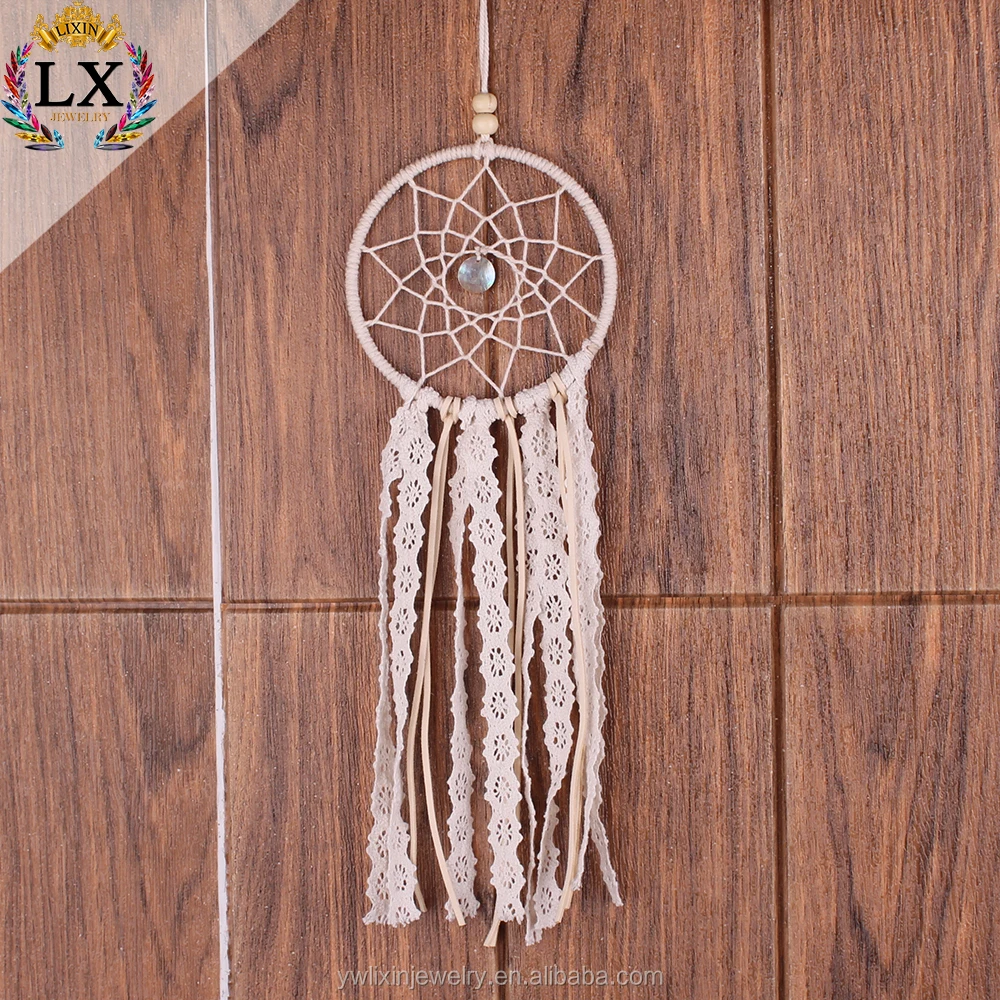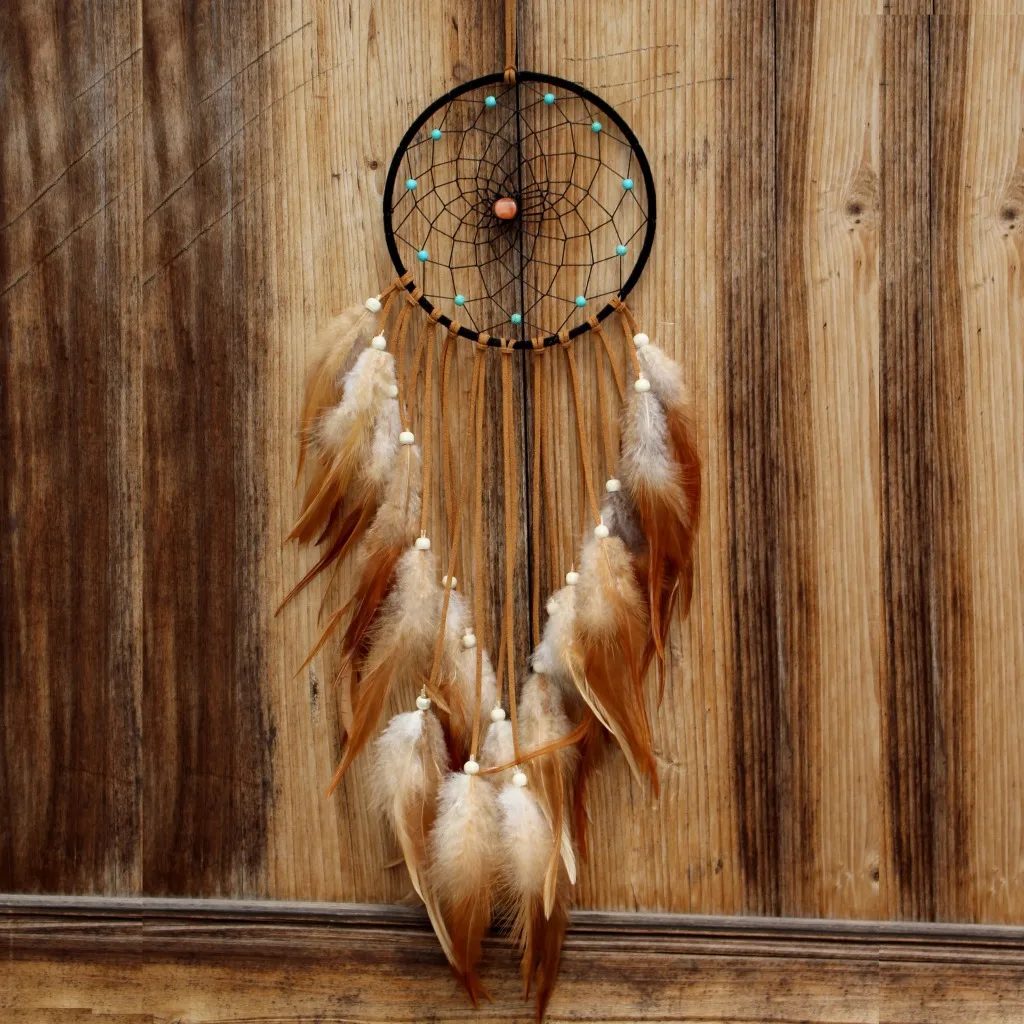I was wondering where. You got the number 10 from.A tradional dream catcher has 7-13 points with 7 representing the 7 nations or the 7 grandfathers. 8 is also common and reptesents the 8 legs of the spider. So saying that 10 points is somewhat untrue. China Dream Catcher wholesale - Select 2021 high quality Dream Catcher products in best price from certified Chinese Decoration manufacturers, Promotion Gift suppliers, wholesalers and factory on Made-in.
The dream catcher is circular in shape that represent the life’s circle and is often being known as the scared hoop. In the asian countries, you can find dream catcher that has peacock feathers attached instead because the peacock is a symbol of good luck/enlightenment and also believed to be an earthly manifestation of the powerful phoenix. Dream Catcher have revealed an. SM Entertainment's founder Lee Soo Man states that the K-Pop industry needs to target the Chinese market to grow bigger. 1 day ago 114 14,348.
Dream catchers are one of the most fascinating traditions of Native Americans. The traditional dream catcher was intended to protect the sleeping individual from negative dreams, while letting positive dreams through. The positive dreams would slip through the hole in the center of the dream catcher, and glide down the feathers to the sleeping person below. The negative dreams would get caught up in the web, and expire when the first rays of the sun struck them.
The dream catcher has been a part of Native American culture for generations. One element of Native American dream catcher relates to the tradition of the hoop. Some Native Americans of North America held the hoop in the highest esteem, because it symbolized strength and unity. Many symbols started around the hoop, and one of these symbols is the dream catcher.
Dream Catcher Lore:
Native Americans believe that the night air is filled with dreams both good and bad. The dream catcher when hung over or near your bed swinging freely in the air, catches the dreams as they flow by. The good dreams know how to pass through the dream catcher, slipping through the outer holes and slide down the soft feathers so gently that many times the sleeper does not know that he/she is dreaming. The bad dreams not knowing the way get tangled in the dream catcher and perish with the first light of the new day.
How the Dream Catcher is made:
Using a hoop of willow, and decorating it with findings, bits and pieces of everyday life, (feathers, arrow heads, beads, etc) the dream catcher is believed to have the power to catch all of a person’s dreams, trapping the bad ones, and letting only the good dreams pass through the dream catcher.


Baku (獏or貘) are Japanese supernatural beings that are said to devour nightmares. According to legend, they were created by the spare pieces that were left over when the gods finished creating all other animals. They have a long history in Japanese folklore and art, and more recently have appeared in manga and anime.
The Japanese term baku has two current meanings, referring to both the traditional dream-devouring creature and to the Malayan tapir.[1] In recent years, there have been changes in how the baku is depicted.
History and description[edit]
The traditional Japanese nightmare-devouring baku originates in Chinese folklore about the mo 貘 and was familiar in Japan as early as the Muromachi period (14th–15th century).[2] Hori Tadao has described the dream-eating abilities attributed to the traditional baku and relates them to other preventatives against nightmare such as amulets. Kaii-Yōkai Denshō Database, citing a 1957 paper, and Mizuki also describe the dream-devouring capacities of the traditional baku.[3]
An early 17th-century Japanese manuscript, the Sankai Ibutsu (山海異物), describes the baku as a shy, Chinese mythical chimera with an elephant’s trunk, rhinoceros' eyes, an ox's tail, and a tiger's paws, which protected against pestilence and evil, although eating nightmares was not included among its abilities.[1] However, in a 1791 Japanese wood-block illustration, a specifically dream-destroying baku is depicted with an elephant’s head, tusks, and trunk, with horns and tiger’s claws.[4] The elephant’s head, trunk, and tusks are characteristic of baku portrayed in classical era (pre-Meiji) Japanese wood-block prints (see illustration) and in shrine, temple, and netsuke carvings.[5][6][7][8]
Writing in the Meiji period, Lafcadio Hearn (1902) described a baku with very similar attributes that was also able to devour nightmares.[9]Legend has it that a person who wakes up from a bad dream can call out to baku. A child having a nightmare in Japan will wake up and repeat three times, 'Baku-san, come eat my dream.' Legends say that the baku will come into the child's room and devour the bad dream, allowing the child to go back to sleep peacefully. However, calling to the baku must be done sparingly, because if he remains hungry after eating one's nightmare, he may also devour their hopes and desires as well, leaving them to live an empty life. The baku can also be summoned for protection from bad dreams prior to falling asleep at night. In the 1910s, it was common for Japanese children to keep a baku talisman at their bedside.[10][11]
Gallery[edit]
Baku sculpture at the Konnoh Hachimangu Shrine, Shibuya, Tokyo, Japan
Baku and Lion sculpture at the Konnoh Hachimangu Shrine, Shibuya, Tokyo, Japan
See also[edit]
References[edit]
- ^ abNakagawa Masako (1999). 'Sankai ibutsu: An early seventeenth-century Japanese illustrated manuscript'. Sino-Japanese Studies. 11 (24–38): 33–34.
- ^Hori Tadao 2005 'Cultural note on dreaming and dream study in the future: Release from nightmare and development of dream control technique,' Sogical Rhythms 3 (2), 49–55.
- ^Mizuki, Shigeru 2004 Mujara 5: Tōhoku, Kyūshū-hen (in Japanese). Japan: Soft Garage. page 137. ISBN4-86133-027-0.
- ^Kern, Adam L. 2007 Manga from the Floating World: Comicbook culture and the kibyoshi of Edo Japan. Cambridge: Harvard University Asian Center. Page 236, figure 4.26.
- ^夢貘まくら. (Accessed September 5, 2007.)
- ^Richard Smart, 'Delivering men from evil', Japan Times, February 16, 2007. (Accessed September 8, 2007.)
- ^http://www.onmarkproductions.com/html/shrine-guide-2.shtml. (Accessed September 8, 2007.)
- ^http://collectionsonline.lacma.org/mwebcgi/mweb.exe?request=image;hex=M91_250_104.jpgArchived 2012-04-06 at the Wayback Machine (Accessed October 12, 2010.)
- ^Hearn, Lafcadio 1902 Kottō: Being Japanese Curios, with Sundry Cobwebs. Macmillan. Pages 245–248. ISBN4-86133-027-0.
- ^M.Reese:'The Asian traditions and myths'.pg.60
- ^Hadland Davis F., 'Myths and Legends of Japan' (London: G. G. Harrap, 1913)
Bibliography[edit]

- Kaii-Yōkai Denshō Database. International Research Center for Japanese Studies. Retrieved on 2007-05-12. (Summary of excerpt from Warui Yume o Mita Toki (悪い夢をみたとき, When You've Had a Bad Dream?) by Keidō Matsushita, published in volume 5 of the journal Shōnai Minzoku (庄内民俗, Shōnai Folk Customs) on June 15, 1957).
External links[edit]
- Baku – The Dream Eater at hyakumonogatari.com (English).
- Netsuke: masterpieces from the Metropolitan Museum of Art, an exhibition catalog from The Metropolitan Museum of Art (fully available online as PDF), which contains many representations of Baku